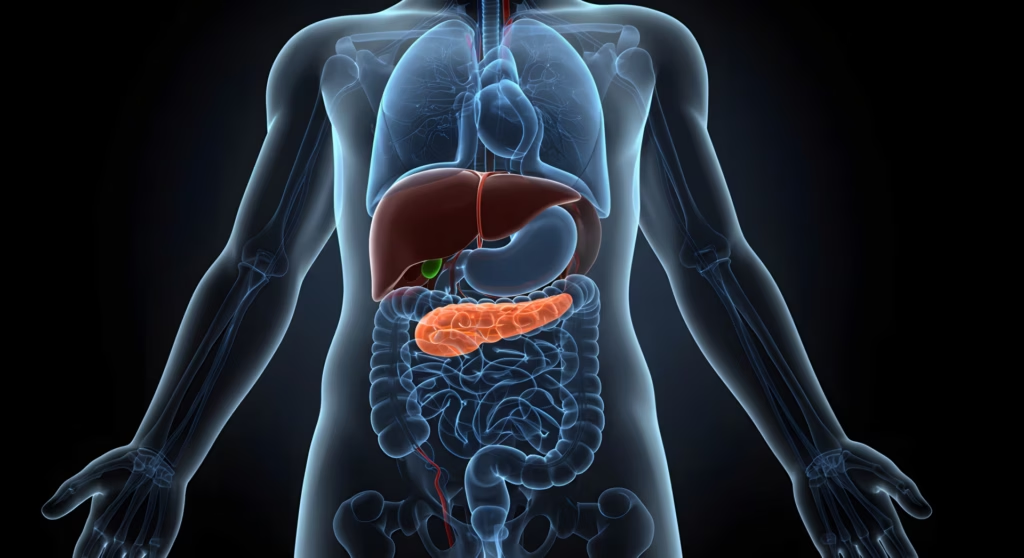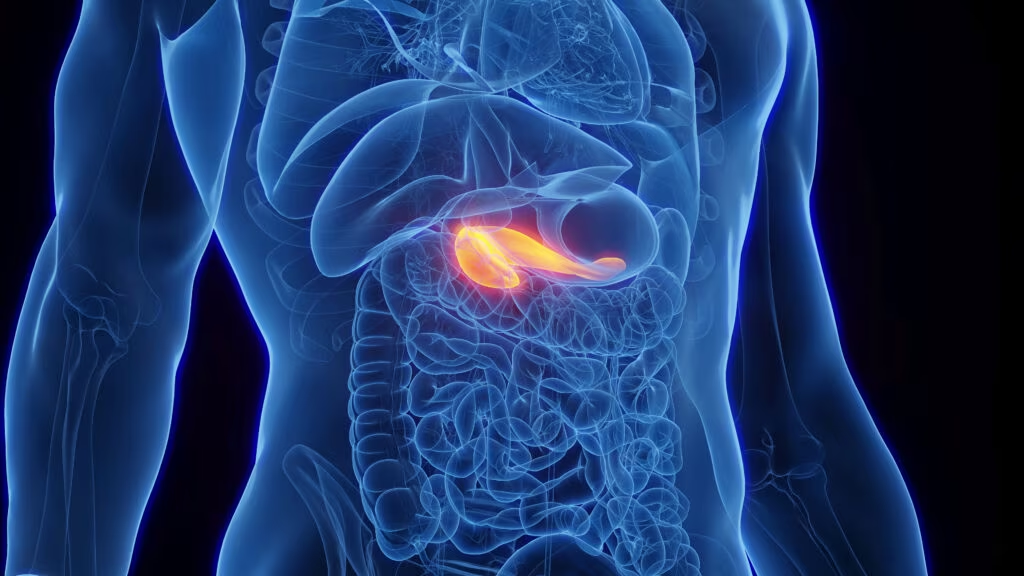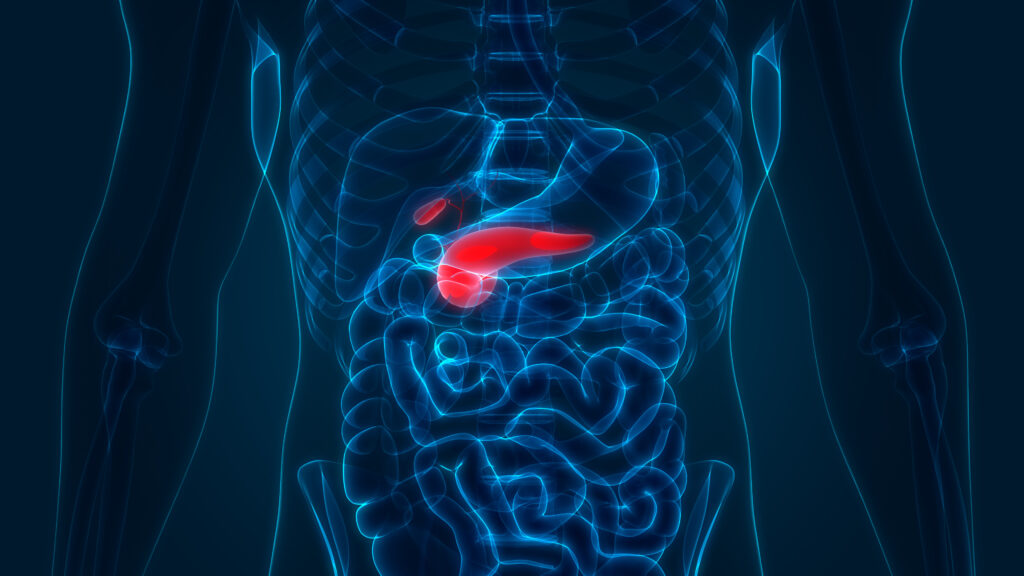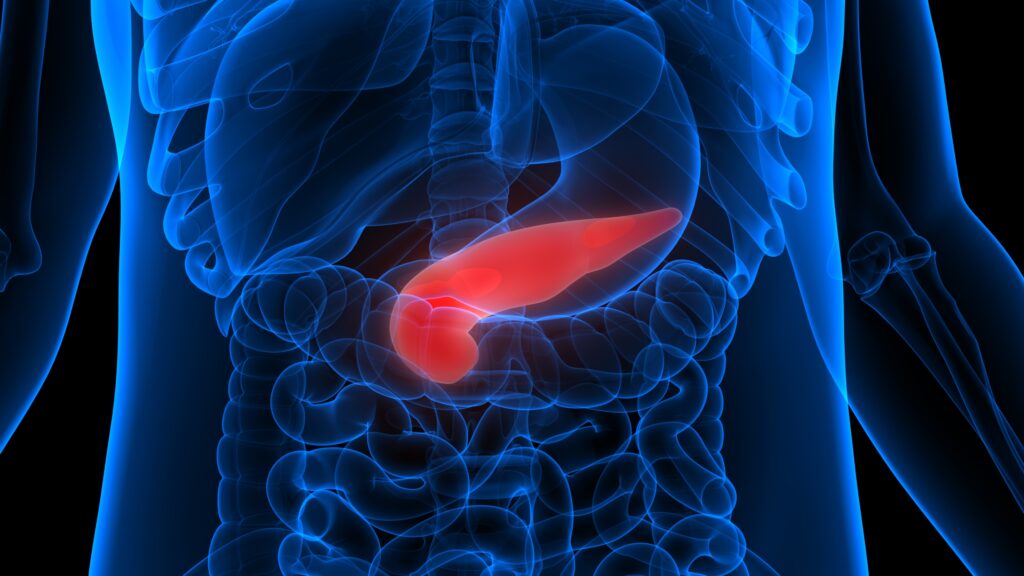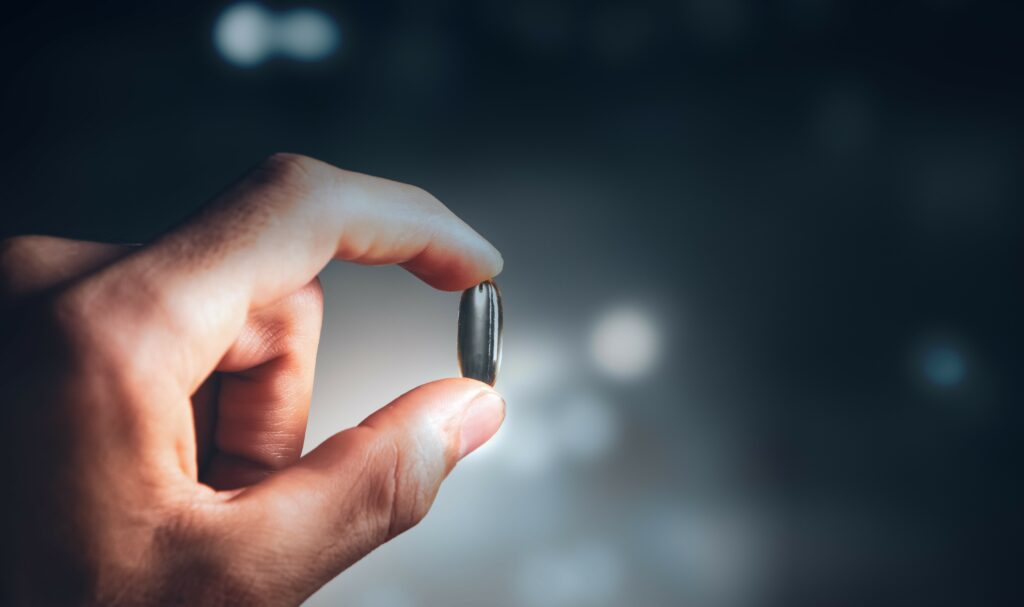It is estimated that diabetes currently affects 195 million people worldwide. This figure is expected to rise to over 330 million by 2030.1,2 The overwhelming scale of the problem will present significant challenges to healthcare systems and clinical practices. Furthermore, the population in general is aging.
It is estimated that diabetes currently affects 195 million people worldwide. This figure is expected to rise to over 330 million by 2030.1,2 The overwhelming scale of the problem will present significant challenges to healthcare systems and clinical practices. Furthermore, the population in general is aging. Both the prevalence and the incidence of type 2 diabetes rise with increasing age, leading to a large rise in the number of elderly people with diabetes: approximately 15% of people over 60 years of age in the US are affected by diabetes, and it is estimated that half of all type 2 diabetes cases occur in those above 65 years of age.3 In Europe, data from the Diabetes Epidemiology: Collaborative Analysis Of Diagnostic Criteria in Europe (DECODE) study suggest that the prevalence of diabetes is 10–20% in those 60 and 69 years of age, rising to 15–20% in the oldest age groups.4
The management of diabetes in the elderly has unique challenges. With increasing age, there is an increased prevalence of comorbid illnesses and functional disability that contributes to the complexity of managing diabetes in the elderly cohort. Thus, treatment must take into consideration not only the standard micro- and macrovascular complications associated with both aging and diabetes, but also conditions such as cognitive impairment and impaired function. Importantly, elderly patients with diabetes have an increased risk for cardiovascular disease.5
The diagnosis of diabetes in the elderly also presents challenges, and it is estimated that half of the elderly population with diabetes are not diagnosed correctly with the condition. This is due to many factors, including the observation that this cohort rarely presents with the typical symptoms of hyperglycemia,6,7 the renal threshold for glucose increases naturally with age, making it difficult to identify glucosuria, and fasting blood glucose measurements or oral glucose tests are not routinely performed in this population. Additionally, common symptoms such as fatigue, blurred vision, and polyuria are often not recognized as abnormal in this population, and polydipsia can go unnoticed because of the decreased thirst usually associated with advanced age.
The primary considerations for the treatment of elderly patients with type 2 diabetes are the evaluation of functional status, life expectancy, social and financial support, and the patient’s own desire for treatment. Individual assessment should be carried out to ascertain the best course of treatment to allow avoidance of potential problems that could impair its effectiveness. Alterations in diet and exercise are the first-line treatments for elderly patients with diabetes; however, this is not always successful at controlling the condition, and early medical therapy often becomes necessary. Ideal management regimens for geriatric patients with diabetes require a multidisciplinary approach. Comorbid-existing medical or psychiatric disorders and the potential for antidiabetic agents to contribute to the development of treatment-related complications (as well as the greater risk for hypoglycemia in older patients)8 are also important considerations.
Oral Antidiabetic Drugs
Oral antidiabetic drugs (OADs) remain the first-line medical therapy for elderly patients with type 2 diabetes. Currently, there are five classes of OAD available with similar efficacies but different mechanisms of action.9 To reduce side effects from each drug class, current practice is to begin with the lowest effective dose, with the gradual titration of a single agent. In the event of monotherapy with OADs being ineffective, an additional oral agent from an alternative drug class is advised.
Biguanides
Metformin (Eucreas®) hydrochloride is a biguanide whose major action is to reduce the overproduction of hepatic glucose production and thus lower fasting glucose concentrations. The major benefits of using metformin as monotherapy in the elderly are the low risk for hypoglycemia and the potential added benefit of increase in weight loss in obese patients. Longterm treatment with metformin has been shown to reduce the total mortality rates and macrovascular events in overweight patients with newly diagnosed type 2 diabetes.10 The most common adverse effects from the treatment include diarrhea and abdominal pain, which generally occur during the first few weeks of administration; therefore, the dose should be kept to a minimum on commencement of treatment. The most severe side effect of metformin is the increased risk for lactic acidosis; however, one meta-analysis has noted that this was rare under normal treatment.11
The risk for lactic acidosis is significantly higher in patients with renal impairment because metformin is entirely cleared through the kidney and does not undergo hepatic metabolism. Thus, it is contraindicated in people with significantly impaired renal function. Renal insufficiency is common in the elderly and limits the use of metformin in this population. Furthermore, metformin should not be used in hemodynamic instability, sepsis, dehydration, acute or advanced heart failure, hypoxemia, or liver failure. Even with these contraindications, in a retrospective study metformin has been demonstrated to lower the risk for death within one year and cause fewer remissions for heart failure.12 Metformin remains the drug of choice for overweight elderly type 2 diabetes patients without renal impairment.
Sulfonylureas
The principle mode of action of the sulfonylureas is to stimulate the release of insulin through the depolarisation of pancreatic beta cells. Some of the sulfonylurea compounds are not specific to pancreatic cells and theoretically may affect ischemic pre-conditioning in the heart. However, the clinical relevance of this remains unclear.
In the elderly, there is concern with the use of sulfonylureas because of the increased risk for hypoglycemia, even with low doses of the drug. The elderly are already at a higher risk for the development of hypoglycaemia through renal impairment and poor diet, and may develop severe, prolonged hypoglycemia when treated with sulfonylureas. Mortality from severe sulfonylurea-induced hypoglycemia in the elderly has been estimated at 10%.13 Moreover, drugs in this category with longer metabolic half-lives and activated metabolites, such as the first-generation sulfonylureas, should be avoided in patients with renal insufficiency. Therefore, in general, shorter-acting sulfonylureas are preferred. Another potential downside to treatment with sulfonylureas is unwanted weight gain. All sulfonylureas are metabolized hepatically and are not advised in patients with liver disease.
Thiazolidinediones
Thiazolidinediones are insulin sensitizers and improve glucose levels by increasing the sensitivity of muscles and adipose tissues to insulin.14 Thiazolidinediones have delayed onset, and it may take up to eight weeks to achieve maximal effects. They also frequently result in weight gain and fluid retention.
The American Diabetes Association (ADA) and American Heart Association (AHA) issued a consensus statement on the use of thiazolidinediones in patients with pre-existing heart failure, stating that these drugs should not be used in patients with New York Heart Association (NYHA) class III or IV heart failure.15 A retrospective analysis of hospitalized elderly patients with heart failure suggested that treatment with thiazolidinediones slightly increased the risk for re-hospitalization for heart failure.12 A recent metaanalysis suggested that there may be an increased risk for myocardial infarction and death from cardiovascular causes associated with treatment with the thiazolidinedione rosiglitazone in type 2 diabetes.16 In response to these data, the investigators of the Rosiglitazone Evaluated for Cardiac Outcomes and Regulation of glycemia in Diabetes (RECORD) trial published interim data suggesting that rosiglitazone was associated with an increased risk for heart failure. However, the data were inconclusive regarding the effect of rosiglitazone on the overall risk for hospitalization or death from cardiovascular causes.
The RECORD study was designed as a non-inferiority trial. After a four-week run-in period, patients who were already taking a sulfonylurea were randomly assigned to receive either additional rosiglitazone or metformin; those taking metformin were assigned to receive either additional rosiglitazone or a sulfonylurea. The authors of the study noted that there is currently no evidence of any increase in death from either cardiovascular causes or all causes in the trial, and that the data were insufficient to determine whether the drug was associated with an increase in the risk for myocardial infarction.17
Currently, the debate is confounded by the fact that only one large-scale cardiovascular outcome study has been completed and published for the thiazolidinediones in type 2 diabetes: the Prospective pioglitazone Clinical Trial in Macrovascular Events (PROactive) study, which involved the thiazolidinedione pioglitazone and in itself has been a source of controversy. The PROactive study was a prospective, multicenter, randomized, double-blind, placebo-controlled, parallel-group study in patients with type 2 diabetes who had evidence of macrovascular disease. Patients were assigned to pioglitazone titrated from 15 to 45mg or matching placebo to be taken in addition to their glucose-lowering drugs and other medications. The primary study end-point was the occurrence of mortality (including non-cardiac mortality), non-fatal myocardial infarction, stroke, major amputation, acute coronary syndrome (ACS), percutaneous transluminal coronary intervention (PTCI), coronary artery bypass graft (CABG), or leg revascularization. Data from the study showed that pioglitazone reduced the composite of all-cause mortality, fatal and nonfatal myocardial infarction, stroke, and the risk for recurrent stroke in patients with type 2 diabetes who had a high risk for suffering macrovascular events.18–20
However, the study also reported that the incidence of serious heart failure was increased with pioglitazone versus placebo in the total PROactive population of patients with type 2 diabetes and macrovascular disease, although subsequent mortality or morbidity was not increased in patients with serious heart failure.21 There has also been criticism of the statistical validity of the additional secondary end-point of all-cause mortality, nonfatal myocardial infarction (excluding silent myocardial infarction), and stroke. The clinical use of thiazolidinediones is also restricted in the elderly due to adverse effects such as weight gain and fluid retention.22
Newer Antidiabetic Agents
The pathogenesis of type 2 diabetes is characterized by a combination of factors that eventually lead to the loss of glycemic control. These factors include insulin resistance, impaired glucose-induced insulin secretion due to a progressive decline in beta-cell function, and defective suppression of post-prandial glucagon levels with consequent increased hepatic glucose production.
GLP-1 is an incretin that is released from the intestinal tract in response to nutrient ingestion. The hormone is also regulated by neural and endocrine factors.23 Once released, GLP-1 potentiates glucose-stimulated insulin secretion from beta cells24 and reduces glucagon secretion. At high concentrations, GLP-1 also acts to inhibit gastric emptying and to suppress food intake in those both with and without diabetes.25–28 GLP-1 does not cause hypoglycemia because little or no insulin is secreted at a glucose level of less than 4mmol per liter.29 Peripherally administered GLP-1 has a satiating effect, and when administered continuously through subcutaneous infusion over a period of six weeks results in significant weight loss.30,31 In type 2 diabetes, the incretin effect is significantly impaired or even absent.32
GLP-1’s physiological properties incorporate characteristics of a promising antidiabetic agent, but endogenous GLP-1 has an extremely short half-life (approximately 90 seconds) due to both rapid inactivation by dipeptidyl peptidase (DPP)-4 and renal clearance. This has led to the development of alternative approaches to harness the potential of GLP-1 activation. One alternative has been the development of new agents that mimic the actions of GLP-1, while at the same time being DPP-4-resistant. Another approach is to extend the actions of endogenous GLP-1 by inhibiting the enzymatic activity of DPP-4, thereby preventing the rapid inactivation of endogenous GLP-1 and prolonging its physiological effects.
Incretin Mimetics
Exenatide was the first incretin ‘mimetic’ approved for type 2 diabetes. It acts by activating the GLP-1 receptor and lowers glucose concentration by enhancing insulin secretion by beta cells in a glucosedependent fashion. In the US it is indicated as adjunctive therapy to improve glycemic control in patients who have not achieved adequate glycemic control with other OADs as either monotherapy or combination therapy. In Europe it is approved for use in combination with metformin and/or sulfonylureas in type 2 patients who have not achieved adequate glycemic control on maximally tolerated doses of these oral therapies. It is administered by injection twice daily.
In clinical trials, combination therapy with exenatide reduces glycated hemoglobin (HbA1c) levels by ~1.0% from baseline (8.4%), with 44% reaching ≤7%. It also results in modest weight loss, and both weight loss and glycemic improvements are sustained.33
As mentioned previously, the elderly population is at a greater risk for hypoglycemia; therefore, incretin mimetics may provide a safe therapeutic option for type 2 diabetes patients in this population, as this class of drug does not cause hypoglycemia when used with other drugs that do not increase circulating insulin levels. However, clinical experience in the elderly cohort is limited.
Dipeptidyl Peptidase-4 Inhibitors
The two predominant incretin hormones are glucose-dependent insulinotropic polypeptide (GIP) and GLP-1. Studies have shown that in people without diabetes up to 70% of the insulin response to oral glucose is due to these incretin hormones, with GLP-1 and GIP contributing almost equally to the incretin effect.34 In subjects with type 2 diabetes, the incretin effect is severely impaired or absent.35 DPP-4 is a widely distributed serine protease that plays a significant role in the metabolism of GLP-1. This knowledge has led to the development of oral DPP-4 inhibitors that increase endogenous GLP-1 levels. Thus, orally administered DPP-4 inhibitors can increase circulating levels of endogenous GLP-1 and GIP, and have been shown to improve glucose homeostasis in patients with type 2 diabetes.36,37
Sitagliptin was the first oral DPP-4 inhibitor to be approved in Europe, and it is currently indicated in patients with type 2 diabetes to improve glycemic control in combination with metformin when diet and exercise plus metformin do not provide adequate control. It is also indicated for patients with type 2 diabetes in combination with thiazolidinediones when diet and exercise plus the thiazolidinediones alone do not provide adequate glycemic control. In the US, sitagliptin has been approved for use as a monotherapy or in combination with metformin or thiazolidinediones.
Sitagliptin has been evaluated as an add-on to ongoing metformin therapy in patients with type 2 diabetes (baseline HbA1c of 8%). After 24 weeks of treatment with sitagliptin 100mg, active treatment demonstrated a placebosubtracted reduction of HbA1c from a baseline of 0.65%.38 Data from another study using sitagliptin or glipizide as add-on therapy to existing metformin therapy in type 2 diabetes patients (baseline HbA1c of 7.5%) found that similar levels of glycemic control were obtained in the two groups. Sitagliptin therapy resulted in significantly fewer hypoglycemic episodes compared with glipizide treatment.32 Similarly, the addition of sitagliptin to metformin or pioglitazone therapy did not increase the incidence of hypoglycemia.39,40 Overall, sitgliptin has been shown to be weight-neutral.
The safety and pharmocokinetics of sitagliptin were tested in 10 healthy elderly (aged 65–80 years) males and no significant difference was noted in creatinine clearance from the elderly subjects compared with younger healthy participants.41 Therefore, dose adjustments for the elderly with mild renal insufficiency appear not to be required. However, the older population is more at risk for kidney problems, and data for patients with moderate or severe renal insufficiency are limited. In phase II and III clinical trials of sitagliptin, 725 patients were aged ≥65 years and 61 patients were aged ≥75 years.42,43 In these patients, no overall difference was noted in the safety or efficacy of the drug compared with younger patients.
Vildagliptin is a DPP-4 inhibitor with a low protein binding level and 50mg is administered once or twice daily. The drug and its fixed-dose formulation in combination with metformin is the most recent addition to the OAD armamentarium in Europe, and was recently approved for the treatment of type 2 diabetes patients who are unable to achieve sufficient glycemic control at their maximally tolerated dose of oral metformin alone or with sulfonylureas or thiazolidinediones. Pooled data from two 24-week, placebocontrolled monotherapy trials in drug-naïve patients, one study of vildagliptin (100mg daily) added to metformin, and one study of initial combination therapy with pioglitazone found that the target HbA1c of <7% was achieved by 40% of patients receiving vildagliptin 100mg daily versus 20% of patients receiving placebo. The proportion of patients reaching target is dependent on the baseline HbA1c; indeed, in patients with baseline HbA1c ≤8%, more than half of those receiving vildagliptin reached target goals.44 Overall, vildagliptin has been shown to be weight-neutral.
Interestingly, data presented at the 43rd European Association for the Study of Diabetes (EASD) conference suggest that vildagliptin is both safe and effective in the elderly cohort. Data pooled from phase III vildagliptin trials, including monotherapy arms (100mg daily; 50mg bid or 100mg qd) of two placebo-controlled trials and three active-controlled trials were analyzed. From the trials, 283 type 2 diabetes patients with a mean age of 70 years were treated with vildagliptin. This group showed a greater reduction in HbA1c (baseline 8.3%, -1.2%) compared with the younger subgroup (mean age 50 years) treated with vildagliptin (baseline 8.7%, -1.0%).45 Vildagliptin was well tolerated in the older patients, with a low risk for hypoglycemia. Vildagliptin has also been shown to be safe in 1,864 patients with mild kidney impairment, a common condition in elderly patients with type 2 diabetes.46 Ongoing trials are continuing to examine the relevance of vildagliptin in the treatment of elderly patients with type 2 diabetes.
Conclusion
Treating type 2 diabetes in elderly patients presents unique challenges. In all people with type 2 diabetes, many patients still remain inadequately treated because existing therapies have a number of shortcomings, including safety and tolerability issues. These issues are even more profound in the elderly cohort. The ideal management regimens for geriatric patients with diabetes require a multidisciplinary approach that must take into account comorbidexisting medical or psychiatric disorders and the potential for treatmentrelated complications, as well as the greater risk for hypoglycemia in older patients. Moreover, the ideal HbA1c target of <7% may be difficult to achieve in the elderly, and research is lacking regarding the benefits of tight control in those above 80 years of age. The introduction of newer agents to the OAD armamentarium, in particular DPP-4 inhibitors, represents a significant advance in the treatment of the overall type 2 diabetes population. The lower risk for hypoglycemia and weight neutrality associated with DPP-4 inhibitors supports the considerable early evidence that DPP-4 inhibitors may prove to be useful for the treatment of type 2 diabetes in the elderly.■



